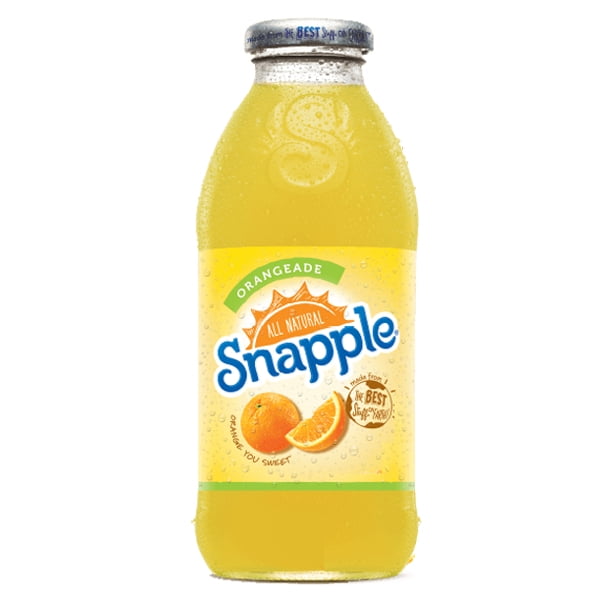

In fact, vacuum was required to pull the metal closure down to securely seal the container and create the popping noise when opened. Among them, because the PET bottle needed to replicate the look of the glass package, it could not use panels on its body to absorb the vacuum created during the hot-fill process. To move from glass to PET for Snapple involved many technical hurdles. Project team members included George, DPS Director of Packaging Engineering Stephen Doerr, R&D/Leverage Project Engineer/Research and Development Brian Lefebure, and Galen German, Manager, Metal Closure Development, for Crown Cork & Seal. “Frankly, we had tried a number of times to get to the same bottle, and with most of our efforts, because of different circumstances, we ended up with design limitations brought on by timing or by the folks doing the design applying their predetermined ideas. One of the pleasures of the package redesign project, George shares, was the freedom the DPS and R&D/Leverage team members were given to solve the problem. After persevering for three years, DPS and R&D/Leverage presented to the market a PET bottle that is nearly indistinguishable from its glass predecessor. To solve the technical challenges of creating a PET bottle that replicated the look and feel of the glass bottle and could be topped with a metal closure, DPS worked with longtime partner R&D/Leverage, a product design and mold manufacturer out of Kansas City, MO. “If you don’t supply them with those three things, they’re not happy.” “The Snapple consumer is very, very protective of the bottle shape, they’re protective of the pop, and they’re protective of the under-the-cap facts,” says Patrick George, Senior Director of Engineering for DPS.


 0 kommentar(er)
0 kommentar(er)
